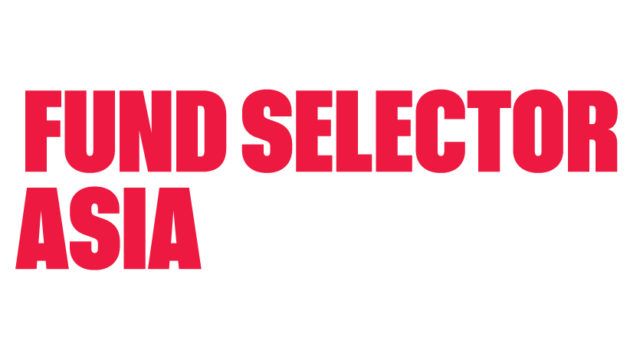FSA: How does the size of Citibank’s AUM impact on how you select funds?
Roger Bacon: The breadth of investment products in retail is much less than in private banking. Private equity, some real estate and some hedge funds, for example, are not offered to retail clients. What does it mean? It means you do need to understand the unique selling points and how you think this is a relevant proposition for individual clients. So we can be much more selective about products because we know the audience they are intended for very well.
Our mutual funds would need to be much bigger than the equivalent private equity or hedge fund, which are specialized. In practice, we might only look at mutual funds with $250-$500 million in AUM.
We can then make specific demands in terms of length of track record. Also important are a stable management team; a differentiated investment proposition; sustainable alpha generation. So we can be much more selective with mutual than in other asset classes.
With mutual funds, brands tend to be much more important. That’s also different from the specialized private equity or hedge fund manager. The majority of flows will go into mostly household names.
That’s an important part of our fund selection criteria. When you’re deploying dozens of billions of dollars, these funds need to be of a certain size and from a firm with a certain pedigree for us to fulfil our fiduciary obligations to clients. We want to be able to tell clients they are safe with a particular fund manager.
We work with 400 fund managers globally and are in the process of slightly cutting that number down. It’s not efficient to have relationships with 400 fund managers. We can say that a significant percentage of AUM is concentrated in the top 20-30 managers.
FSA: Do you see strong growth for discretionary mandates in Asia?
RB: Up until 2010, discretionary mandates were a small part of our business. Since then we’ve built up a nine person team in Hong Kong.
In 2008, clients became cautious and pulled back discretionary allocations. Clients wanted to steer the decisions rather than outsourcing to portfolio managers. But the appetite is starting to come back and we’re seeing clients reallocate a little more to discretionary. We expect that to continue and see it become a very important part of our business — both direct equity and fixed income and fund of funds.
In the US and Europe, allocation to discretionary investment is much larger than in Asia. Trading activity is still particularly important in Hong Kong and that won’t stop in a hurry.
FSA: Aren’t all global banks pretty much the same? How do you differentiate Citibank?
RB: First, the breadth and balance of our platform. We developed a platform that enables clients to do what they want with funds or capital markets. We spend more time making sure the balance is evenly spread no biases toward any particular area.
We don’t have asset management business, which means that a lot of our managed investments business is outsourced to external managers and that gives us a certain level of objectivity. Many of our competitors that have large asset management businesses build portfolios with large allocations to those asset management businesses.
That’s fine as long as those business are generating best of breed performance. But bankers have to be able to demonstrate that objectivity when allocating to affiliate asset managers. We don’t have to have that conflict discussion with clients because we have no affiliated in-house asset management firm. So we’re only allocating to external managers we believe are best of breed.
Third, we’ve spent a lot of effort trying to become one Citi and help our clients internationalize their individual portfolios to form linkages with other parts of the world. In the past, we were not always that good at it. So it’s a relatively new phenomenon. For example, in real estate, our Asia clients can invest on their own in Asia. But we help them in other geographies like Europe or the US.
FSA: How do you construct a portfolio?
RB: We deal directly with high net worth individuals or family offices. It’s not only me, we have gatekeepers, relationship managers, supported by product specialists and investment counsellors, trust, credit, and lending specialists financing specialists, all on different teams. I represent the investment team side of it.
First we establish the client’s starting point. That means understanding the landscape of what the client already has. Then you can also start to have a more detailed conversation about what their trying to achieve in terms of returns and risk. That’s the philosophy behind it.
Our starting point is our view of the world, which comes from our chief investment officer. From that we have model portfolios for different levels of risk. There are typically five levels of risk. We don’t stick rigidly to those levels, but using them gives us a framework for starting a conversation. That usually leads to an implementation plan.
From that plan of implementation we form a risk profile that shows here’s where you’re at and here’s where need to move toward.
Read: Part 2 of the Interview














